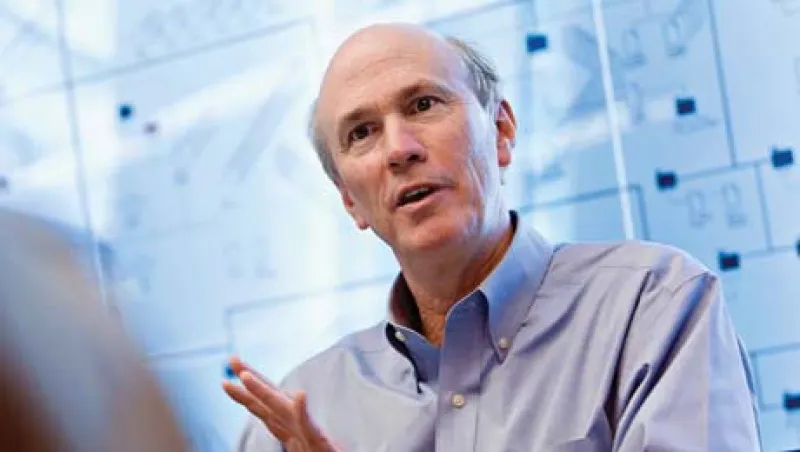
Frank Blake, chief executive officer of Home Depot, speaks during a meeting in New York, U.S., on Thursday, June 12, 2008. Home Depot Inc. is the world's largest home-improvement retailer. Photographer: Daniel Acker/Bloomberg News
DANIEL ACKER/BLOOMBERG NEWS


